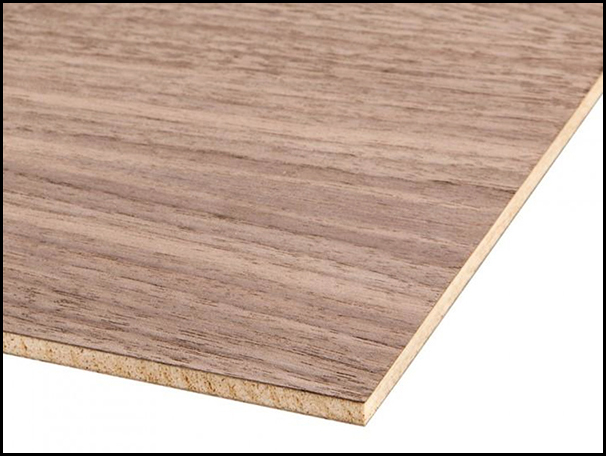
At the risk of starting a gender war, we recently discovered that what we men know about jewelry boxes amounts to just about nothing. We learned that by talking with Judy Krawsky, a woodworker out of Wilmington, Delaware, who specializes in boxes and, in particular, jewelry boxes. What she told us about them made our collective jaws drop.
Now, it probably needs to be said that jewelry boxes are one of those woodworking projects where there is a complex interface between the sexes. Unlike kitchen cabinets or important pieces of furniture for the house, a jewelry box is a way for a woodworker to tell a spouse:
1. I love you and care deeply about you.
2. My hobby can turn out some beautiful work that can benefit both of us.
3. I bought a new tool without asking and here’s what I made with it.
4. All of the above.
So jewelry boxes are the woodworking equivalent of a bouquet of a dozen roses with a bit more staying power. We called up Judy, ostensibly to talk about the cool stuff she had built, and discovered that a woman’s perspective on jewelry boxes is both valuable and missing from most popular woodworking articles.
Judy has been making a living building jewelry boxes for about nine years, so she’s learned a lot about woodworking, design and the taste of her clients. And here’s a gem for the men out there who are thinking about making or buying a jewelry box for their wives. “Men tend to like the dark-colored woods? bubinga and walnut and stained mahogany ? and women tend to like light-colored woods. That’s not always the case, but as a general rule that’s what I’ve observed,” says Judy.
Another observation from Judy could also save some of you woodworkers out there a mess of trouble. She makes most of her jewelry boxes with multiple drawers because the traditional hinged-lid box holds a lot less jewelry ? she estimates about one-third ? than one with drawers. That’s very important if your spouse has a fairly extensive collection.
But men aren’t the only ones who fail to realize important facets of a jewelry box, says Judy. She gets a lot of women who ask her if she has, or can make, smaller boxes to house the jewelry they currently have. They don’t realize, she says, that they should also plan for expansion of their cache and buy a box just a bit larger than they currently need.
University of Trial and Error
Judy got started in woodworking about 25 years ago when she stumbled across a wood lathe in the crawl space of the house she was renting. She taught herself turning at, as she puts it, the University of Trial and Error and then expanded her repertoire into cabinets and other “flat work.” She learned that she really enjoyed making small projects that involved a lot of detail work. She also liked to make containers, first with the lathe, and then later as she began building boxes.
There was a strong genetic predisposition for woodworking in her family, but her father, a contractor, passed on before he could teach her what he knew about the craft. Her brother learned some of it from her father, but when he needed her help to build a shed a few years ago, she realized that she had learned more than she knew.
Her day job was as a press room supervisor at a printing company, so “I’ve always had a very nontraditional job for a woman,” says Judy. When that ended, she decided to see if she could make a living doing “consumer boxes” for shows. She found out that she could.
It Just Figures
Now her business is about creating a balance between the designs she wants to try and what she knows will sell. She likes to work with cherry, but much of it isn’t ideal for small boxes because there’s not enough character to the grain. She recently found some quilted cherry that was perfect for her needs.
She is constantly looking for wood with a lot of character. “For smaller boxes I use highly figured wood and try to combine woods that work well together ? dark and light. That’s where I probably get the most compliments. People like the combinations of wood I choose,” says Judy. Spalted maple, though hard to come by, is a particular favorite. She has a friend in Vermont who keeps his eye open for it because, as she puts it, the maple up there spalts better.
But Judy has no illusions about her woodworking. It’s a business. “I’m not an artist,” she says, ” I’m not really spiritually connected to these pieces or anything. I just go by the seat of my pants when I’m working on boxes, hoping I can make something efficiently and charge a reasonable price for something that looks good.”
– Bob Filipczak





